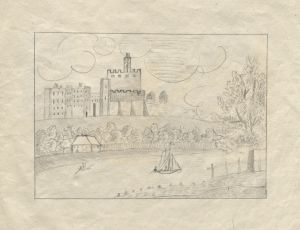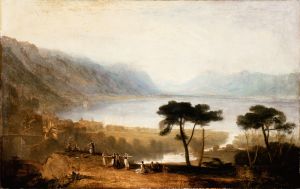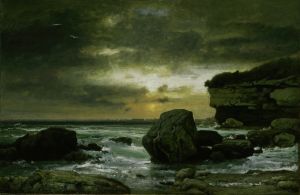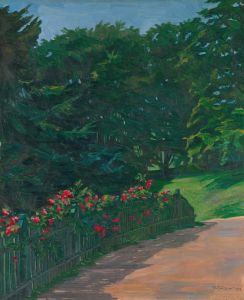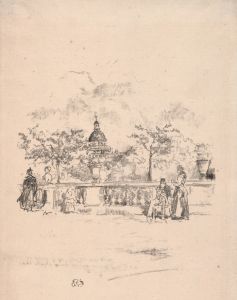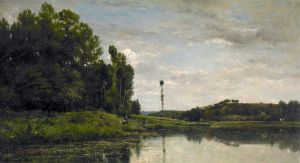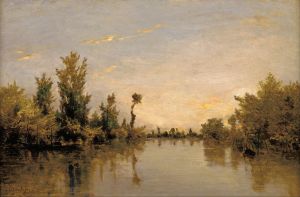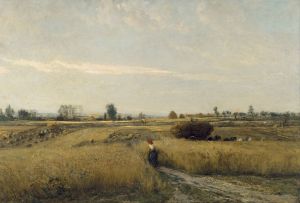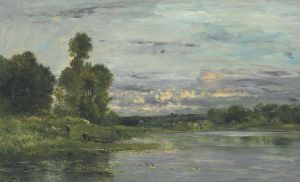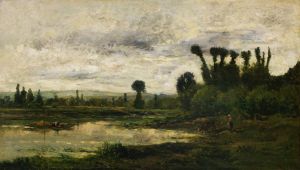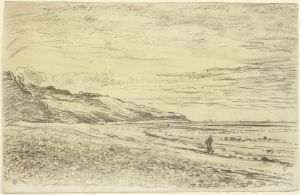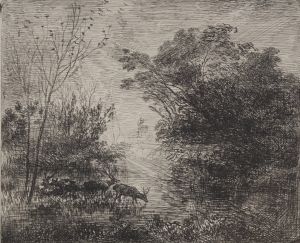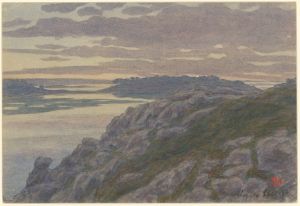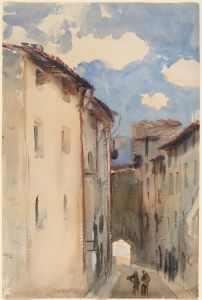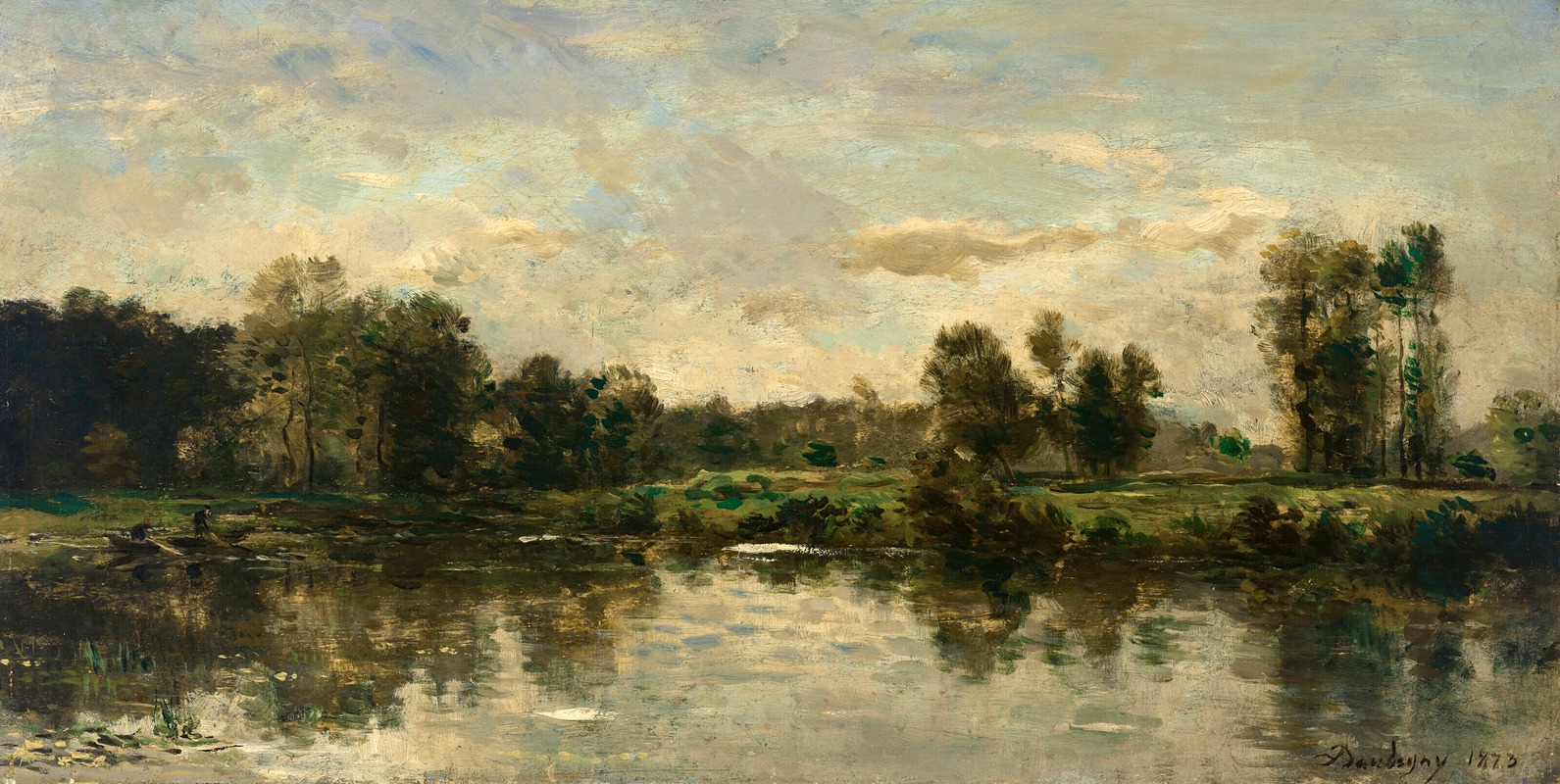
Bords du fleuve
A hand-painted replica of Charles François Daubigny’s masterpiece Bords du fleuve, meticulously crafted by professional artists to capture the true essence of the original. Each piece is created with museum-quality canvas and rare mineral pigments, carefully painted by experienced artists with delicate brushstrokes and rich, layered colors to perfectly recreate the texture of the original artwork. Unlike machine-printed reproductions, this hand-painted version brings the painting to life, infused with the artist’s emotions and skill in every stroke. Whether for personal collection or home decoration, it instantly elevates the artistic atmosphere of any space.
Charles François Daubigny was a prominent French painter associated with the Barbizon school, a movement that was pivotal in the development of landscape painting in the 19th century. One of his notable works is "Bords du fleuve" (translated as "Banks of the River"), which exemplifies his mastery in capturing the serene beauty of natural landscapes.
"Bords du fleuve" is an oil painting that depicts a tranquil riverside scene, characterized by its soft, atmospheric light and delicate brushwork. Daubigny's approach to this painting reflects his deep appreciation for nature and his ability to convey its peaceful and idyllic qualities. The composition typically features a riverbank with lush vegetation, calm water, and often a boat or figures that add a sense of scale and human presence to the natural setting.
Daubigny was known for his innovative techniques, including painting en plein air (outdoors), which allowed him to observe and capture the changing effects of light and atmosphere directly from nature. This method was relatively novel at the time and influenced many later artists, including the Impressionists. His works often exhibit a harmonious blend of colors and a keen attention to the subtleties of light and shadow, which are evident in "Bords du fleuve."
The painting is a testament to Daubigny's skill in rendering the natural world with a sense of immediacy and intimacy. The gentle ripples of the water, the lush greenery, and the soft, diffused light create a scene that is both realistic and imbued with a sense of tranquility. Daubigny's ability to capture the essence of a moment in nature is one of the reasons why his work remains highly regarded.
Charles François Daubigny was born in Paris in 1817 and began his artistic training under the guidance of his father, Edmé François Daubigny, who was also a painter. He later studied with the landscape painter Paul Delaroche. Daubigny's early works were influenced by the classical landscape tradition, but he gradually developed a more naturalistic style, inspired by his direct observations of nature.
Throughout his career, Daubigny traveled extensively across France, painting various landscapes, including the banks of the Seine and the Oise rivers. His works were well-received, and he exhibited regularly at the Paris Salon. In addition to his paintings, Daubigny was also an accomplished printmaker, producing numerous etchings and lithographs that further demonstrated his talent for capturing the natural world.
"Bords du fleuve" is one of many works by Daubigny that highlight his contribution to the Barbizon school and his influence on subsequent generations of artists. His dedication to painting from nature and his innovative techniques helped pave the way for the Impressionist movement, which would emerge in the latter part of the 19th century.
Today, Daubigny's works, including "Bords du fleuve," can be found in major museums and collections around the world, where they continue to be admired for their beauty and technical excellence. His legacy as a pioneer of modern landscape painting endures, and his paintings remain a source of inspiration for art lovers and artists alike.





